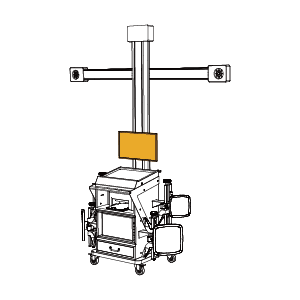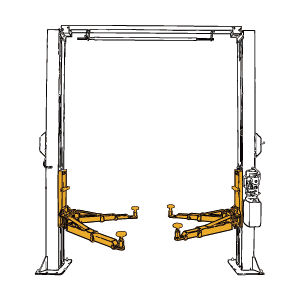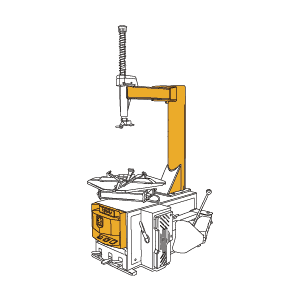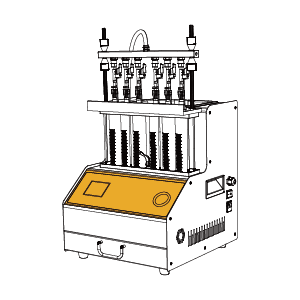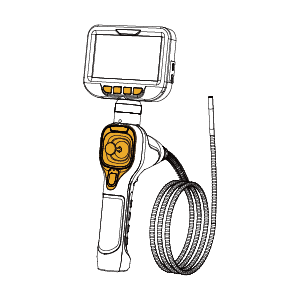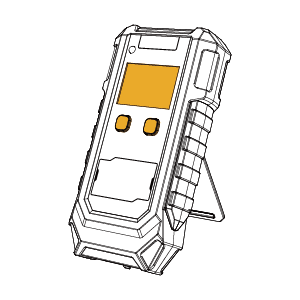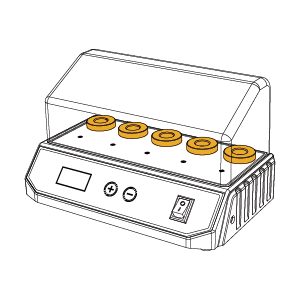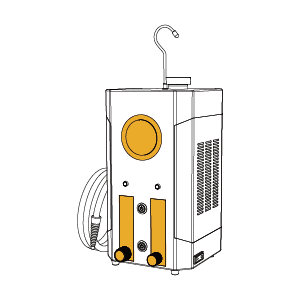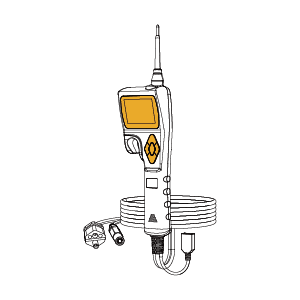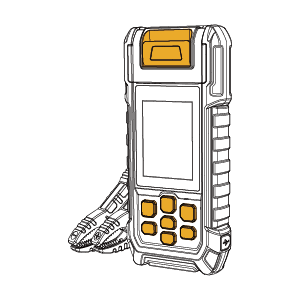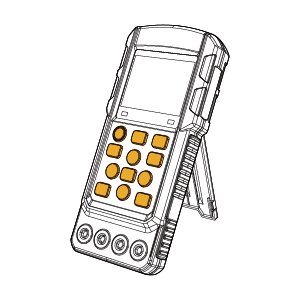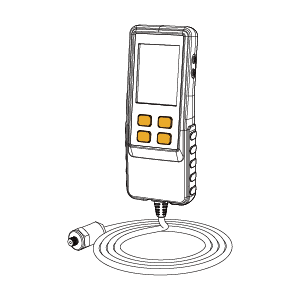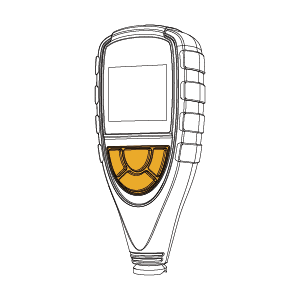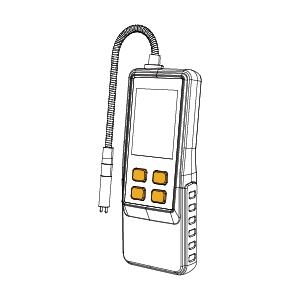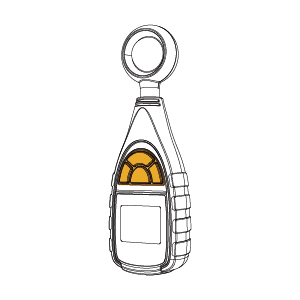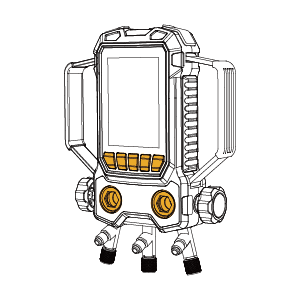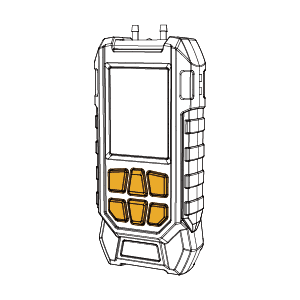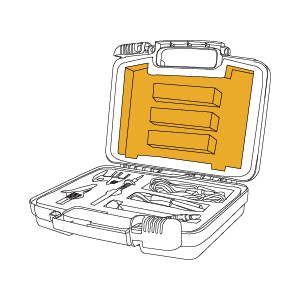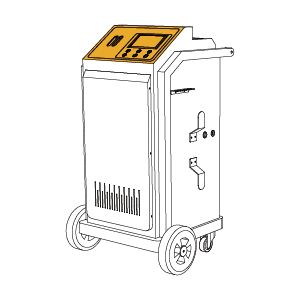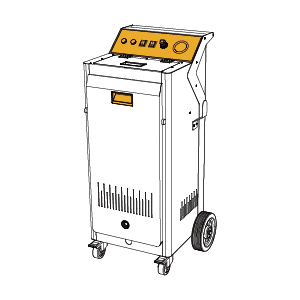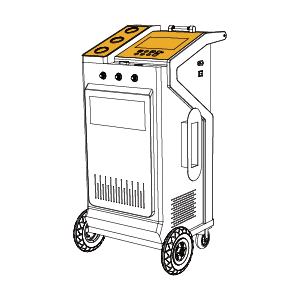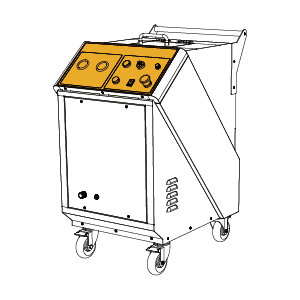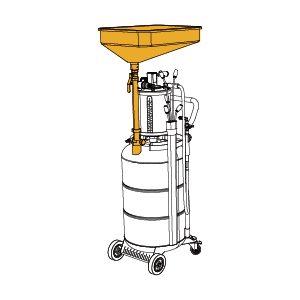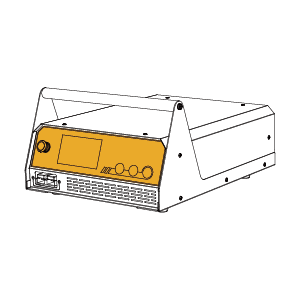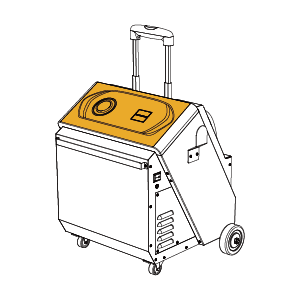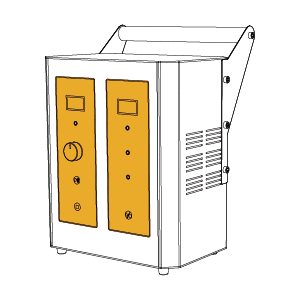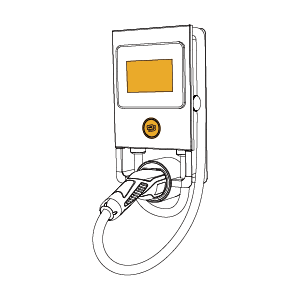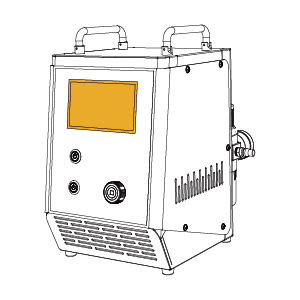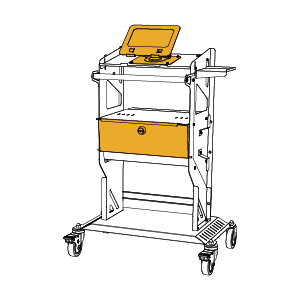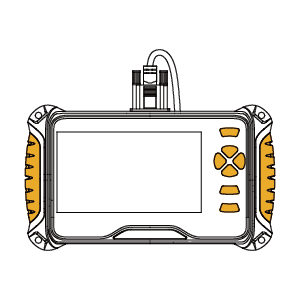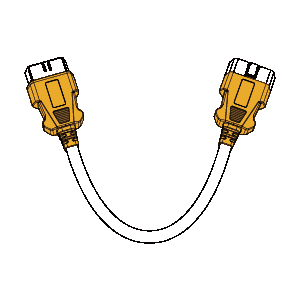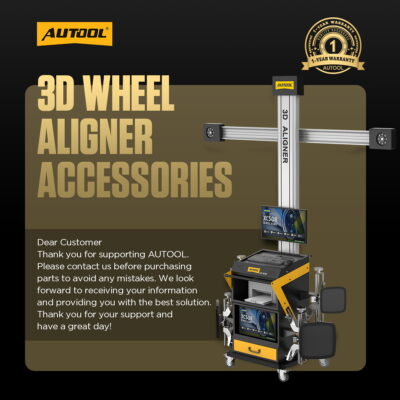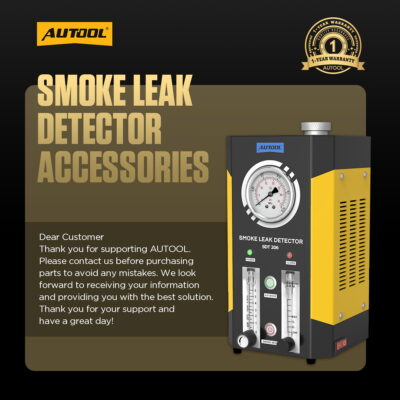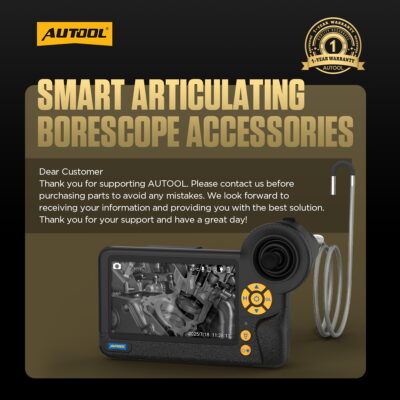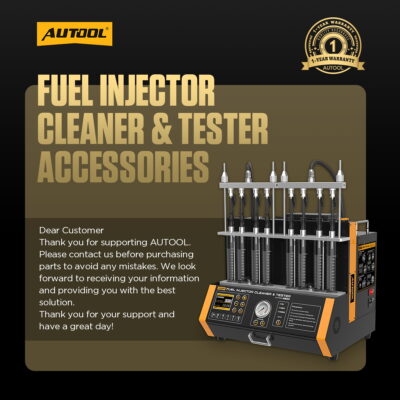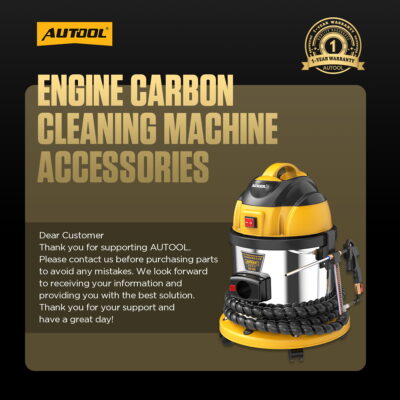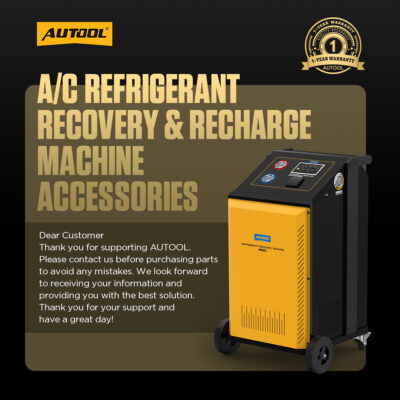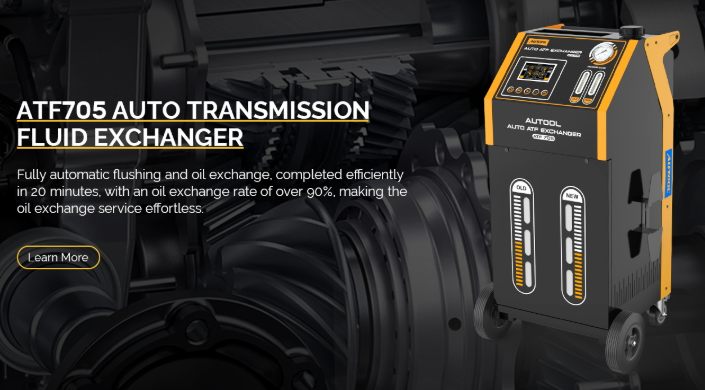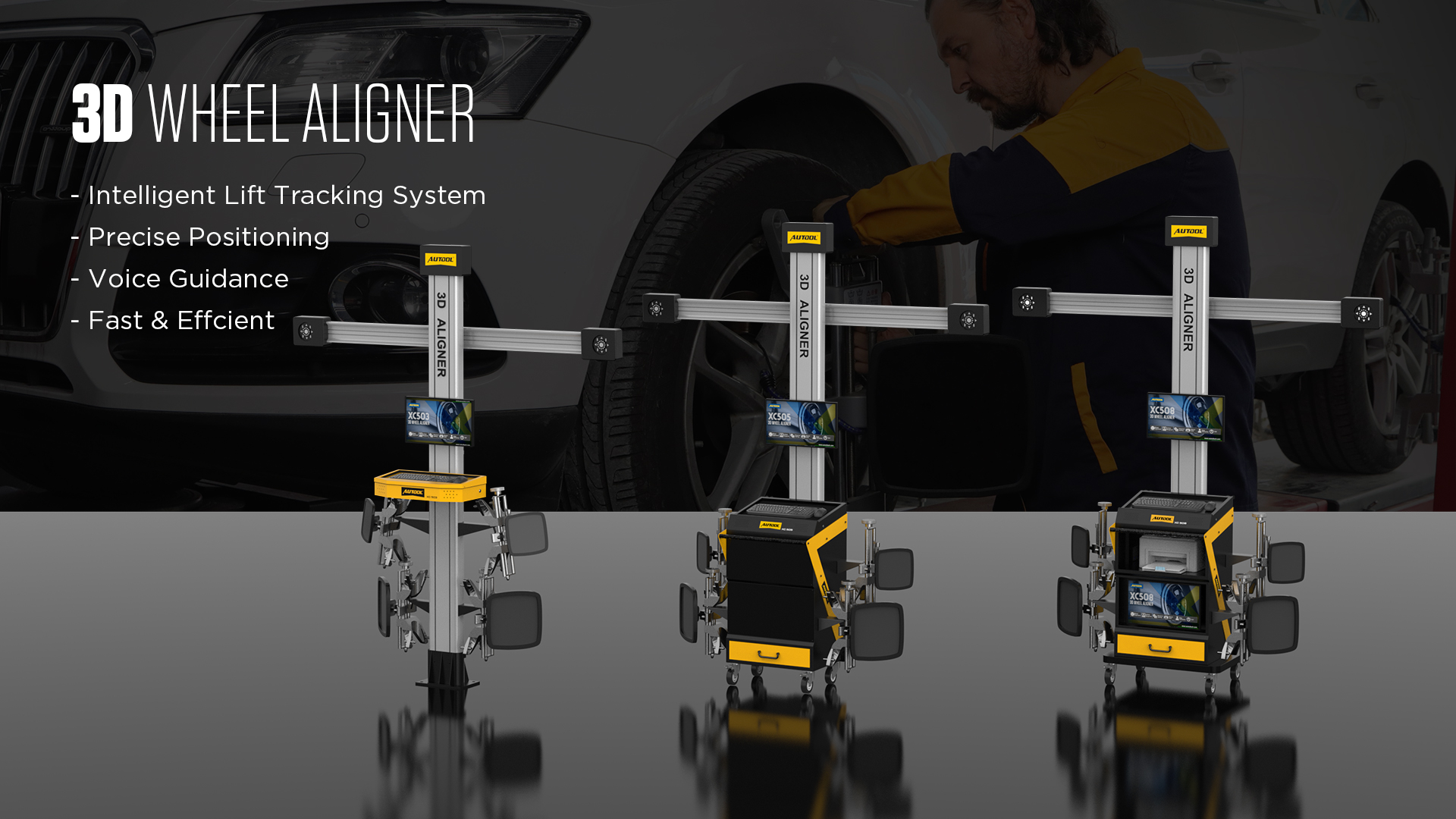Repair Information
Comprehensive Car Noises Self-Inspection Guide!
Creaking, thudding, squeaking… Sudden car noises that occur while driving not only distract the driver but can also affect driving safety! Don’t rush to the dealership and spend unnecessary money—80% of car noises can be initially diagnosed on your own. Learn this ‘Sound Diagnosis’ technique, and you’ll become half a mechanic yourself!
Diagnose by Sound Characteristics (with Sample Audio Keywords)
Metal Friction/Screeching
• Scenario: Occurs when braking
• Culprits:
◦ Worn brake pad wear indicators (continuous screeching)
◦ Scratched brake disc (accompanied by shaking)
• Self-check: Observe the brake pad thickness through the wheel gap (replace if thickness is less than 3mm)
Dull Thudding/Clunking Sound
• Scenario: When passing over speed bumps or uneven roads
• Culprits:
◦ Shock absorber failure (if the body rebounds more than twice when pressed)
◦ Worn-out stabilizer bar bushings (louder during rainy weather)
◦ Loose control arm ball joints (sound worsens when steering)
• Self-check: Press down firmly on the car corner and listen for car noises; check if the bushings are cracked.
High-Pitched Squealing/Whistling Sound
• Scenario: During cold start or acceleration.
• Culprits:
◦ Worn-out alternator/air conditioning belts (sound temporarily disappears when sprayed with water)
◦ Damaged wheel bearings (pitch increases as speed rises)
• Self-check: Use a stethoscope near the bearing area; close the windows and listen for the sound source above 60 km/h.
Diagnose by Driving Scenario
▶ Car Noises When Steering
Clicking Sound: Loose outer ball joint ⚠️⚠️⚠️ (Immediate Repair Required)
Buzzing Sound: Low power steering pump fluid⚠️⚠️
Rubber Friction Sound: Dry steering column dust cover⚠️
▶Knocking sound in engine while idling
• Regular Tapping Sound: Large valve clearance (common in older cars)
• Irregular Metallic Knocking: Detonation (requires fuel system cleaning)
• Hissing Sound in Belt Area: Vacuum pipeline leakage (fuel consumption will increase)
Vehicle Owner’s Four-Step Self-Inspection Method
1. Record the Evidence: Use your phone to record the car noises (it’s recommended that the front passenger helps).
2. Reproduce the Symptoms: Record speed, engine RPM, steering angle, and temperature.
3. Simple Tests:
◦ Neutral Revving: If the noise changes with RPM → engine-related.
◦ S-Curve Driving: If the noise worsens → suspension or steering issue.
4. Mark the Location: Use chalk to mark suspected components and observe wear marks.
Three Dangerous Noises That Require Immediate Repair
• ! Metal cracking sound (when driving over potholes) → Vehicle rattles over potholes – a sign of imminent breakage
• ! Sharp screeching + brake pedal vibration → Brake disc deformation due to high temperature
• ! Continuous clattering noise from the chassis → Exhaust pipe or catalytic converter detachment
Low-Cost Emergency Solutions
• Interior Noises: Apply silicone-based lubricant to seals
• Squeaky Door Hinges: Spray with WD-40 white lithium grease
• Screeching Brake Pads: Sand the edges and bevel the corners (temporary solution)
💡 Note: The above methods are only for emergency use; professional repair is required as soon as possible!
With this Car Noises Diagnosis Guide, you can easily become a car repair expert. Not only will you save on most repair costs at the dealership, but you’ll also ensure your driving safety!



